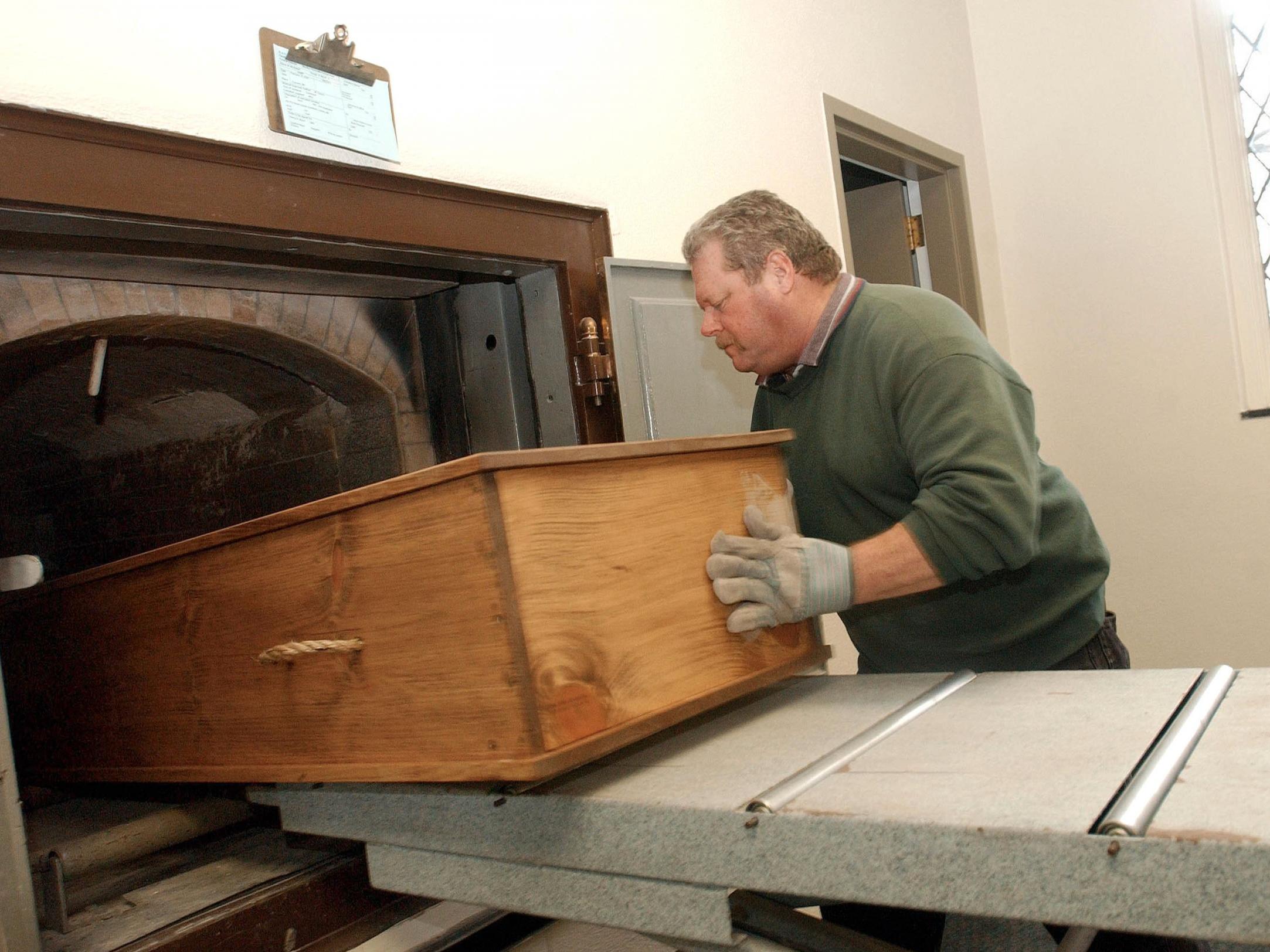Cremated cancer patient contaminated Arizona crematorium with radioactive contagion
Radiation contamination at crematoriums has become a more widespread problem in the United States

A new study determined that a cremated man, who was treated for cancer shortly before his death, is the source of radioactive contamination at an Arizona crematorium.
Although medical professionals have always acknowledged possible risks associated with cremating cancer patients who underwent radiation therapy, or were treated with “radiopharmaceuticals,” it has rare for a crematorium to have been tested positive for radioactive contamination.
The Mayo Clinic’s Department of Diagnostic Radiology in Phoenix, Arizona looked into a case study involving a 69-year-old male cancer patient who received intravenous radioactive treatment, lutetium-177 dotatate, last year for an uncommon tumour located in his pancreas. Two days after the patient began treatment, he started feeling more ill, checked into a hospital—separate from where he was receiving radiation therapy—and suddenly died.
The hospital where he died reportedly did not notify the crematorium about his radiation treatment. Five days later, he was cremated at the facility.
Once Mayo Clinic researchers learned about the case, they contacted the Arizona Bureau of Radiation Control to ask whether there are regulations or protocols in the event of situations like these. It turns out that there are no federal regulations when it comes to what to do with a body of a patient exposed to radioactive materials in medicine, either for diagnosis or treatment.
Famous names whose final stop was Golders Green crematorium
Show all 1The Bureau then sent personnel to survey the crematorium and equipment used to cremate the body, including the oven, vacuum filter, and bone crusher. Using the Geiger counter, an instrument used to detect and measure radiation, the equipments tested positive for radiation with the maximum exposure rate of 7.5 mR per hour. According to Gizmodo, the rate is nearly 200 times the average radiation experienced by people living at sea level.
Kevin Nelson, a co-author of the study, said radiation exposure decreases rapidly with distance. So fortunately, the crematorium operator would not have received that high level exposure from standing in the room. He also said lutetium also decays into non-radioactive elements, which means that there would be no detectable levels of radiation after two months.
The study researchers also took a sample of the crematorium operator’s urine to test whether or not they’ve been exposed to radioactive lutetium from the deceased patient’s treatment.
The test results showed that operator had no lutetium in his urine, but found traces of “radiopharmaceutical treatment technetium Tc 99m.”
Nathan Yu, the study’s lead author and a resident physician at Arizona’s Radiation Oncology department, told BuzzFeed News that researchers were specifically testing for lutetium for the case study. But the discovery of the technetium in operator’s urine suggests that radioactive contamination at crematoriums is a more prevalent problem.
Since technetium is a common for cancer treatment, and that the operator has not used it in any form of medical treatment, researchers believe he could have been exposed to it from handling and cremating another body.
“Safety regulations are well established for radiopharmaceuticals in living patients. But they present a unique post-mortem safety challenge,” Yu said. This is often because cremating a patient exposed to radiopharmaceuticals may release the particles in the air and then inhaled by crematory workers.
The study’s findings reveal an alarming problem regarding cremation of patients who received radiopharmaceutical treatment since the cremation rate in the United States is over 50 per cent.
Since there are no federal regulations when it comes to cremating patients exposed to radiopharmaceuticals, communication is essential in preventing radioactive contamination at crematorium facilities and to their workers.
But unfortunately, in this case study, communication did not happen.
Subscribe to Independent Premium to bookmark this article
Want to bookmark your favourite articles and stories to read or reference later? Start your Independent Premium subscription today.

Join our commenting forum
Join thought-provoking conversations, follow other Independent readers and see their replies